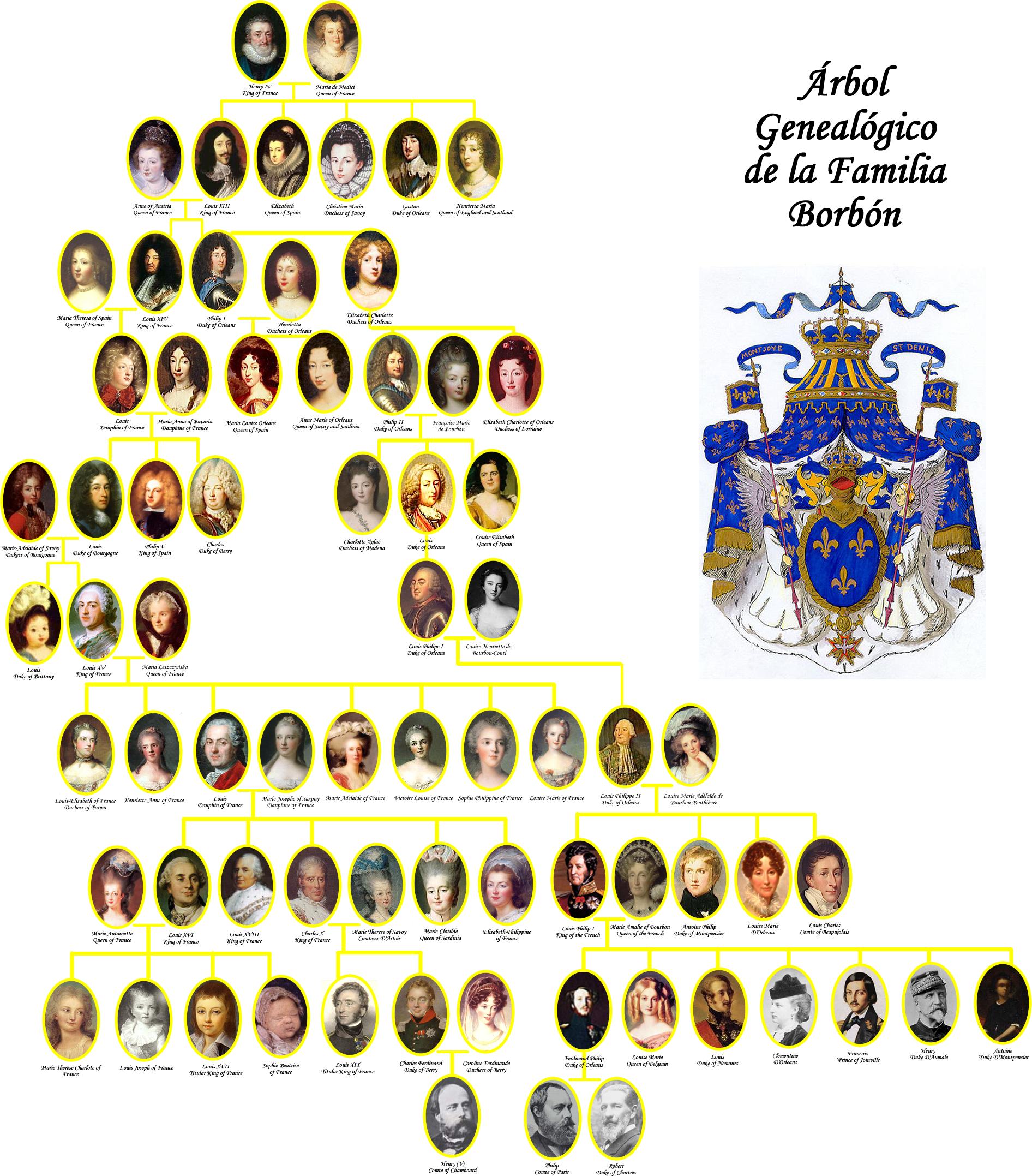Table Of Content

If you find yourself getting a little warm in the evening, you can always make your way out to the adjoining outdoor patio. With two different locations on almost opposite sides of the city (in Long Beach and Pasadena), The Blind Donkey serves customers from all corners of Los Angeles. The menu features a huge selection of bourbon, emphasizing small batch varieties, plus whisky (including Japanese), scotch, and rye. Located on bustling La Cienega Boulevard, The Roger Room makes its guests feel like they are stepping into a different world altogether, far away from the nearby Melrose shops. The changeable nature of the atmosphere of The Roger Room is one of the best things about it. Depending on the day of the week, it could be anything from a low-lit, moody cocktail bar to a dance party.
Best Bourbon Bars In Los Angeles
Is Princess Maria Carolina of Bourbon-Two Sicilies the world's most eligible society beauty? - Tatler
Is Princess Maria Carolina of Bourbon-Two Sicilies the world's most eligible society beauty?.
Posted: Fri, 11 Aug 2023 07:00:00 GMT [source]
Louis XIV began to persecute Protestants, undoing the religious tolerance established by his grandfather Henry IV, culminating in his revocation of the Edict of Nantes in 1685. That same year Catherine de' Medici, mother of King Charles IX of France, arranged for the marriage of her daughter, Margaret of Valois, to Henry, ostensibly to advance peace between Catholics and Huguenots. Many Huguenots gathered in Paris for the wedding on 24 August, but were ambushed and slaughtered by Catholics in the St. Bartholomew's Day Massacre. He repudiated his conversion in 1576 and resumed his leadership of the Huguenots. The pre-Capetian House of Bourbon was a noble family, dating at least from the beginning of the 13th century, when the estate of Bourbon was ruled by the Sire de Bourbon who was a vassal of the King of France.
List of Bourbons

This ‘true’ Bourbon’s variant is different from the published Y-STR profiles of the blood as well as of the head. Moreover, matrilineal genealogical data revealed that the published mtDNA sequence of the head was also different from the one of a series of relatives. This therefore leads to the conclusion that the analyzed samples were not from the French kings. Our study once again demonstrated that in order to realize an accurate genetic identification of historical remains DNA typing of living persons, who are paternally or maternally related with the presumed donor of the samples, is required. The family was established as the hereditary lords of Bourbon and vassals of the Capetian dynasty that established the French monarchy in the late tenth century. In 1268, Beatrix of Bourbon married Prince Robert, the count of Clermont and a son of King Louis IX.
Bourbons of Spain and Italy
The French Revolutionary Wars and Napoleonic Wars spread nationalism and anti-absolutism throughout Europe, and the other Bourbon monarchs were threatened. Ferdinand IV was forced to flee from Naples in 1806 when Napoleon Bonaparte deposed him and installed his brother, Joseph, as king. They formed the National Assembly and forced Louis to accept a constitution that limited his powers on 14 July 1789. The French monarchy was abolished on 21 September 1792 and a republic was proclaimed. Henry granted the Edict of Nantes on 13 April 1598, establishing Catholicism as an official state religion but also granting the Huguenots a measure of religious tolerance and political freedom short of full equality with the practice of Catholicism. That same year the Treaty of Vervins ended the war with Spain, adjusted the Spanish-French border, and resulted in a belated recognition by Spain of Henry as king of France.
The last war waged by Louis XIV proved to be one of the most important to dynastic Europe. Louis's only legitimate son, the Grand Dauphin, as the late king's nephew, was the closest heir; and Charles willed the kingdom to the Dauphin's second son, the Duke of Anjou. Other powers, particularly the Austrian Habsburgs, who had the next closest claims, objected to such a vast increase in French power.
The Y chromosome as the most popular marker in genetic genealogy benefits interdisciplinary research
The eldest son of Philip V’s second marriage, he became duke of Parma in 1731 by right of his mother, heiress of the last Farnese dukes, and in 1734, during the War of the Polish Succession, he conquered the Kingdom of Naples-Sicily (Kingdom of the Two Sicilies) for himself. Finally, when Don Carlos became king of Spain as Charles III in 1759, he resigned Naples-Sicily to his third son Ferdinand on the express condition that that kingdom and Spain should never be united under one sovereign. Antoine de Bourbon, duc de Vendôme and head of the house of Bourbon from 1537, became titular king consort of Navarre in 1555 through his marriage in 1548 to Jeanne d’Albret. The son of that marriage, titular king of Navarre in succession to his mother from 1572, became king of France, as Henry IV, on the death of the last Valois king in 1589. The great house of Condé, with its ramifications of Soissons and of Conti, was descended from Louis, prince de Condé, one of Henry IV’s uncles.
Sovereigns of the minor branches of the House of Bourbon
The classy wooden decor is covered with random items of vintage clothing to give the appearance of a lost and found — hence, the bar's name. Enjoy the friendly service, award-winning cocktails, and if hosting a party, know that The Roger Room's classy mixologists can be hired for any private event. Order any of them neat, or order a classic Old Fashioned to get that bourbon taste.
His heir as eldest Bourbon and head of the house is today Louis Alphonse, Duke of Anjou. Initially, most of the other powers were willing to accept Anjou's reign as Philip V, but Louis's mishandling of their concerns soon drove the English, Dutch and other powers to join the Austrians in a coalition against France. In the end Louis's grandson was recognized as king of Spain, but he was obliged to agree to the forfeiture of succession rights in France, the Spanish Habsburgs' other European territories were largely ceded to Austria, and France was nearly bankrupted by the cost of the struggle.
Bourbons of Parma
Princesses Chiara and Carolina de Bourbon send fans wild with their stylish outfits as they share highlights f - Daily Mail
Princesses Chiara and Carolina de Bourbon send fans wild with their stylish outfits as they share highlights f.
Posted: Mon, 15 Apr 2024 07:00:00 GMT [source]
Certain princes of Bourbon-Parma responded to Carlist overtures but did not at the same time renounce their Parmesan titles, which under the settlement of 1748 were incompatible with claims to sovereignty over Spain. Thus, they incurred the displeasure of the house of Orléans, which had to respect the settlement of 1748 because its own pretension to France depended on the analogous settlement of 1713. The cooperation between the French and Spanish Bourbons came to a miserable end during the French Revolutionary and Napoleonic Wars, and the later decades of the 19th century brought new complications. A French Bourbon prince led a force into Spain in 1823 to crush the liberalism to which Ferdinand VII was succumbing, but such Bourbon solidarity could not survive two events which were to rend both the Spanish and French houses. In 1733 the Treaty of the Escorial pledged the French and the Spanish Bourbons to collaborate with each other notwithstanding any previous obligations.
In that year the Treaty of the Pyrenees was signed signifying a major shift in power, France had replaced Spain as the dominant state in Europe. The treaty called for an arranged marriage between Louis and his cousin Maria Theresa, a daughter of King Philip IV of Spain by his first wife Elisabeth, the sister of Louis XIII. They were married in 1660 and had a son, Louis, in 1661.[2] Mazarin died on 9 March 1661 and it was expected that Louis would appoint another chief minister, as had become the tradition, but instead he shocked the country by announcing he would rule alone. In 1272, Robert, Count of Clermont, sixth and youngest son of King Louis IX of France, married Beatrix of Bourbon, heiress to the lordship of Bourbon and member of the House of Bourbon-Dampierre.[2] Their son Louis was made Duke of Bourbon in 1327. His descendant, the Constable of France Charles de Bourbon, was the last of the senior Bourbon line when he died in 1527. Because he chose to fight under the banner of Holy Roman Emperor Charles V and lived in exile from France, his title was discontinued after his death.
A series of sudden deaths in the French royal house between 1704 and 1714 had produced a situation in which, on Louis XIV’s death in 1715, no one but a five-year-old child, Louis XV, stood before Philip V of Spain in the natural line of succession of France. Philip, though he had renounced that succession, still felt himself better entitled, as the child’s uncle, to exercise the regency in France than the child’s cousin twice removed, Philippe, duc d’Orléans, against whom Spanish agents promoted a plot. The marriage (1722) of the Spanish king’s son to a daughter of the French regent sealed the reconciliation.

No comments:
Post a Comment